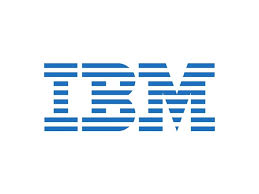
By Debbie Gregory.
As the result of a plea deal, Defense Contractor Philip A. Mearing, the former president of Global Services Corporation, will serve prison time for bilking the government out of more than $15.4 million.
In 2004, Mearing, along with his co-conspirators Kenneth Bricker and Ken Deines, made an agreement where fraudulent payments were made to Global Services Corporation to Bricker’s two corporations, Tempo and BPM, regarding hundreds of invoices for work and services done by Global that were never done by Tempo and BPM.
In a separate conspiracy, Mearing, Deines, and William Hutsenpiller, the former Comptroller for Norfolk Ship Support Activity, conspired to submit false claims to the government via false invoices that resulted in a loss of approximately $1.8 million.
Deines was sentenced to 18 months in prison. Bricker was sentenced to four years. Hutsenpiller, a former high-ranking civilian employee of the Navy, was sentenced to three years and four months in prison for his role in the case.
The combined loss amount to the government from the two separate conspiracies is $15,413,029.76.
Mearing pleaded guilty last June to one count of conspiracy to commit wire fraud.
According to Mearing’s defense team, Global Services, which was started Mearing’s uncle, was on the brink of failure when Mearing was hired, and it was Mearing who turned the company fortunes around, securing over $450 million in government contracts prior to his resignation.
A hearing has been scheduled for December 12th to determine the total amount of restitution that should be paid back. So far, $870,304.20 has been recovered. Under the plea deal arrangements, the maximum time Mearing will serve is five years.











